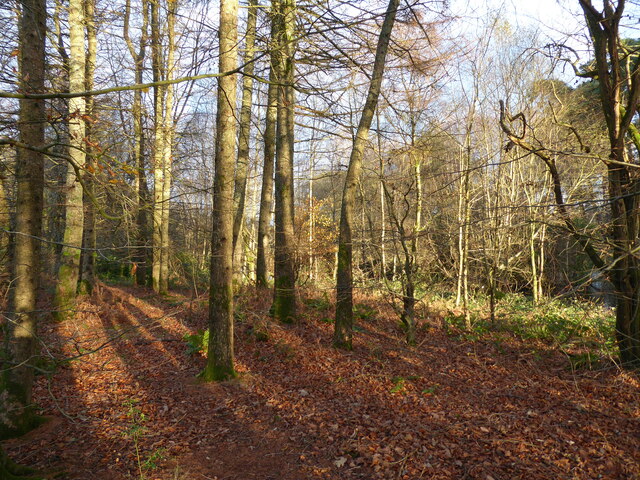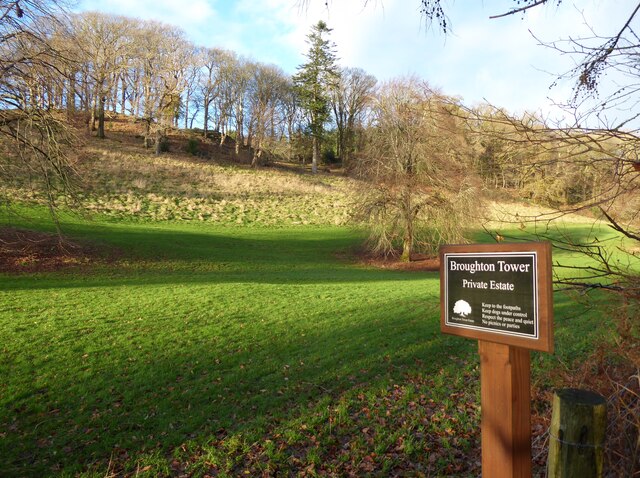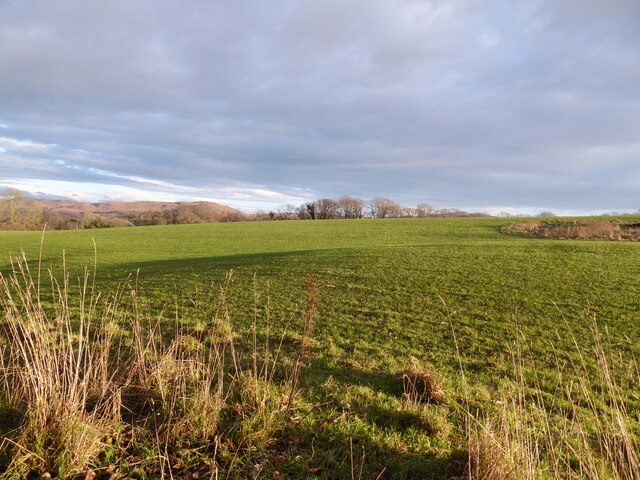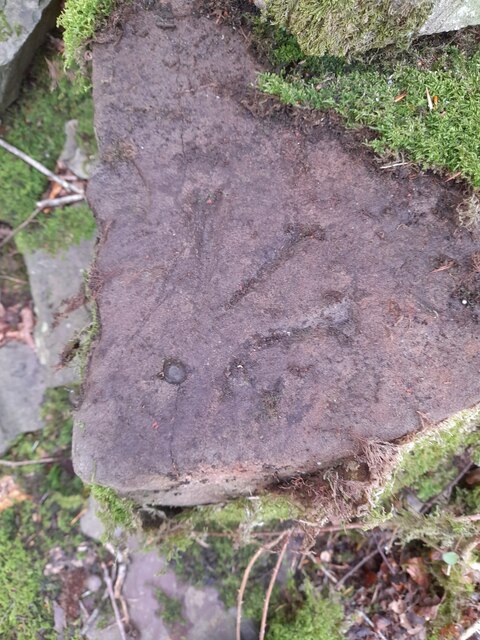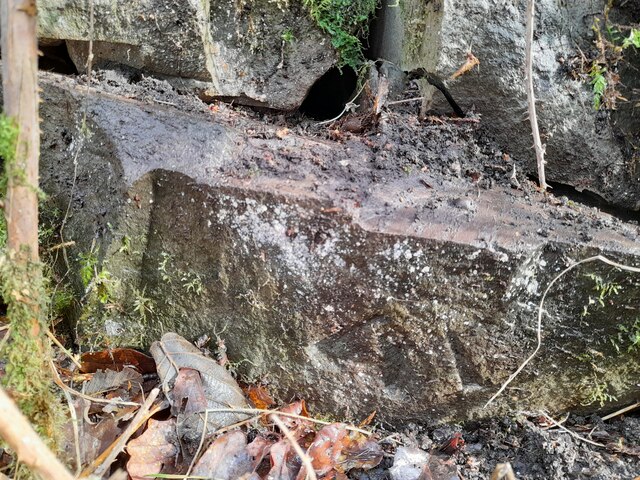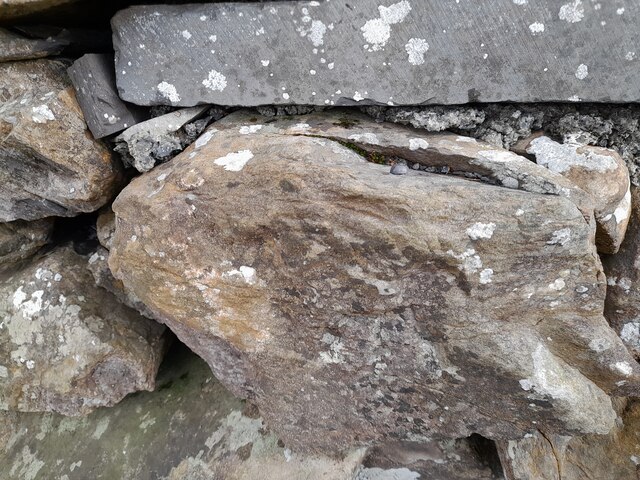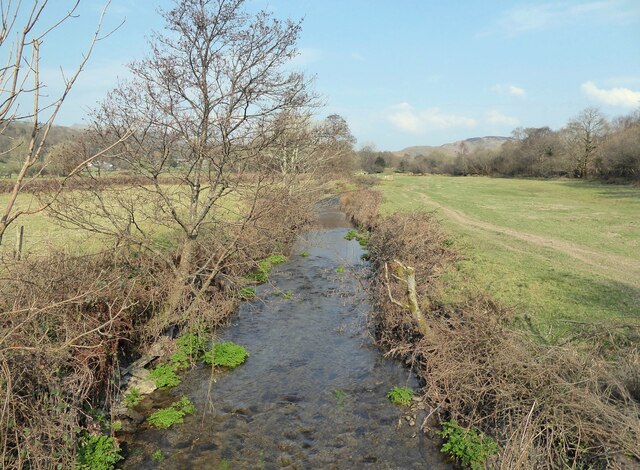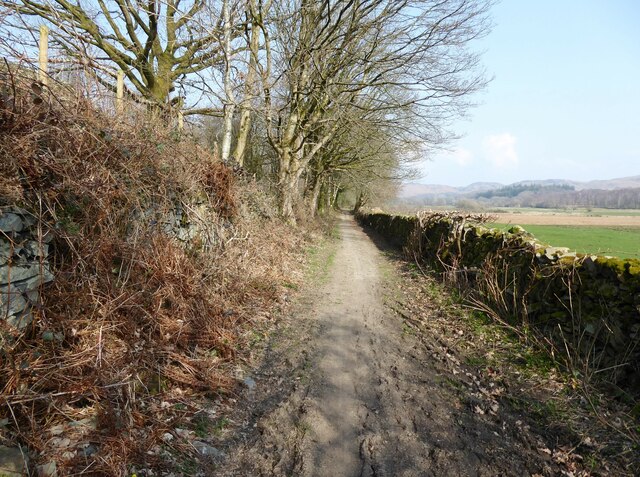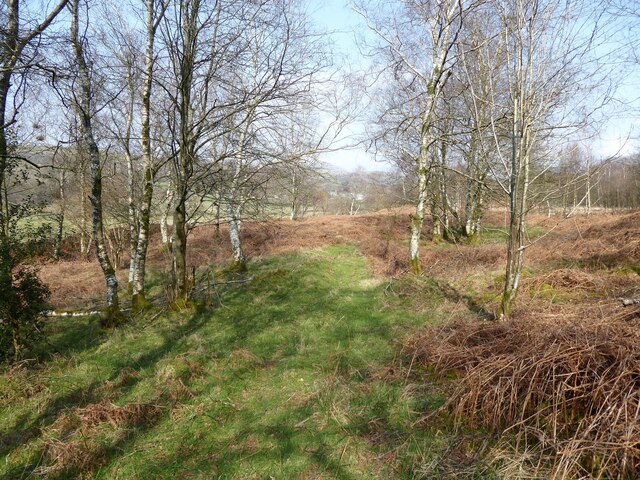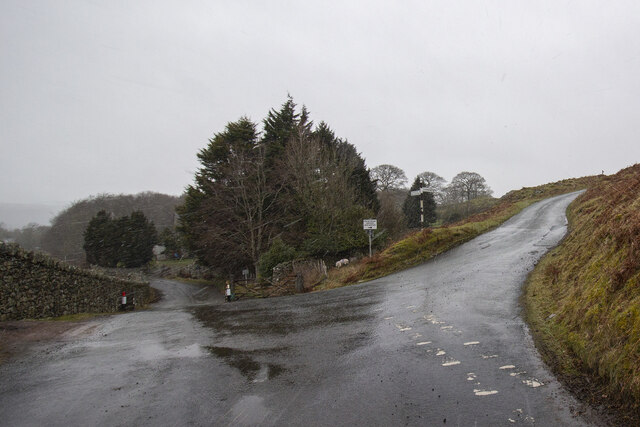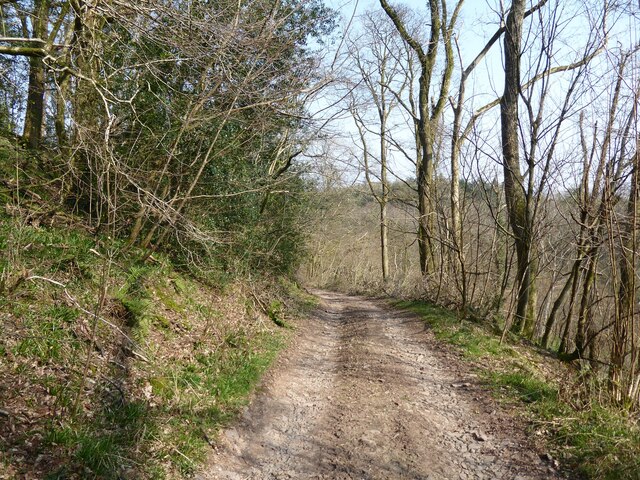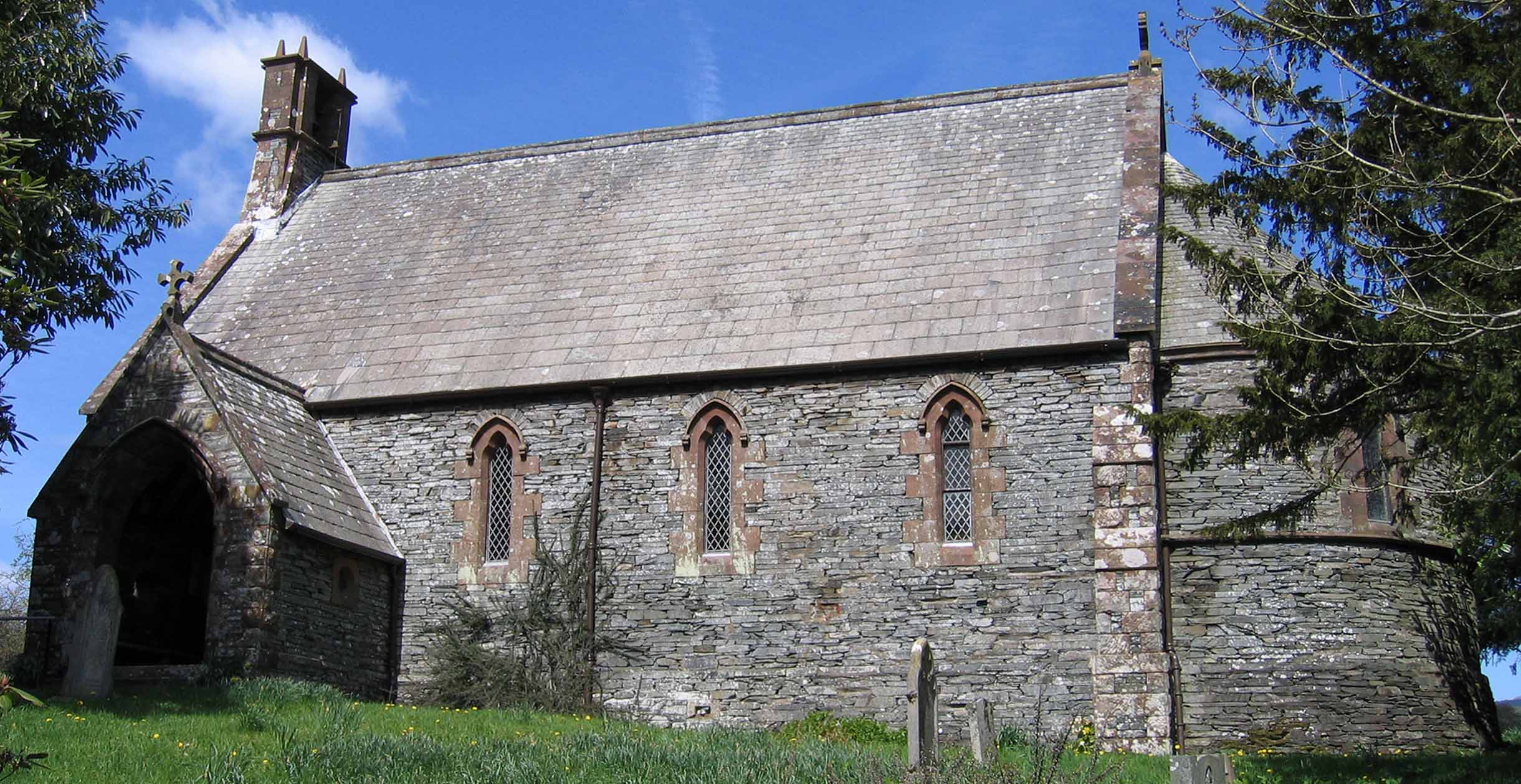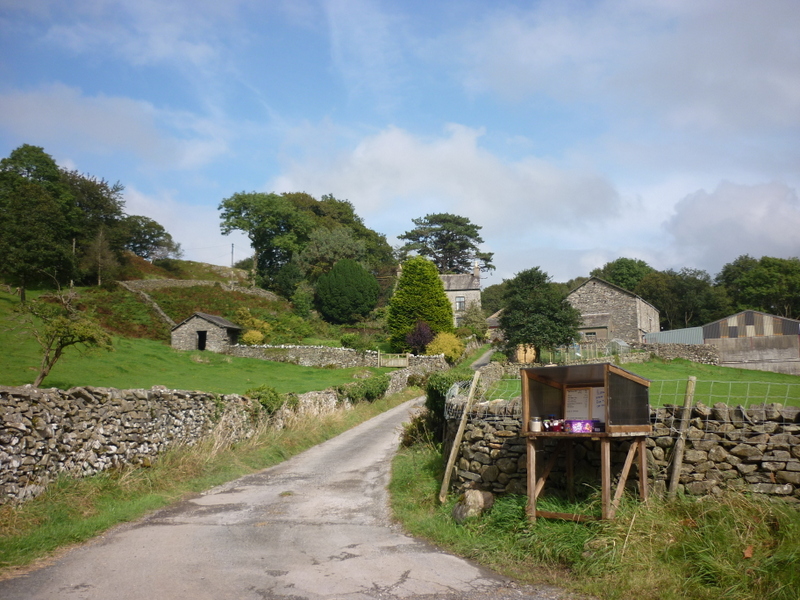Thornthwaite Latter Rigg Moss
Downs, Moorland in Lancashire South Lakeland
England
Thornthwaite Latter Rigg Moss
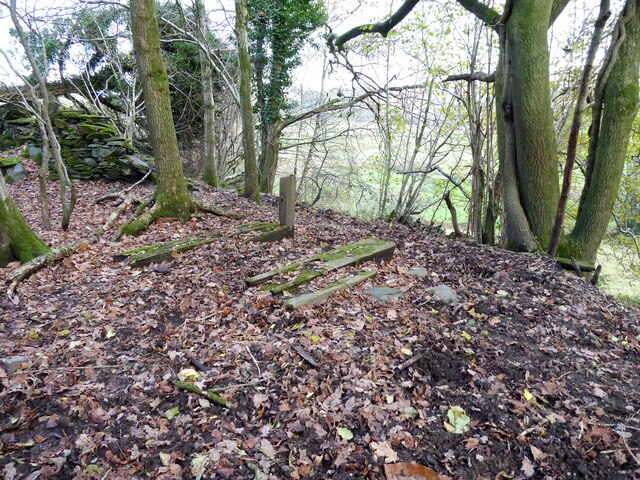
Thornthwaite Latter Rigg Moss is a notable geographical feature located in Lancashire, England. Situated in the northwestern part of the county, it encompasses both downs and moorland terrain. The moss is a type of wetland characterized by its waterlogged, peat-rich soil and the presence of sphagnum moss.
Covering an area of approximately 200 acres, Thornthwaite Latter Rigg Moss is an important ecological site due to its unique flora and fauna. The wet conditions support a diverse range of plant species, including cotton grass, heather, and various types of mosses. These plants, in turn, provide habitat for a variety of wildlife, such as birds, insects, and amphibians.
The moss is also an essential component of the local hydrological cycle, acting as a natural sponge that absorbs and retains water. This function helps to regulate water levels and prevent flooding in the surrounding area. Additionally, the moss plays a crucial role in carbon storage, with its peat layers gradually accumulating over time.
Visitors to Thornthwaite Latter Rigg Moss can enjoy its scenic beauty and observe its unique ecosystems. The site offers opportunities for nature walks and birdwatching, allowing visitors to appreciate the tranquility and natural diversity of the area.
In summary, Thornthwaite Latter Rigg Moss is a noteworthy geographical feature in Lancashire, known for its downs and moorland landscapes. With its wetland characteristics, diverse plant and animal life, and vital ecological functions, the moss is a significant natural asset in the region.
If you have any feedback on the listing, please let us know in the comments section below.
Thornthwaite Latter Rigg Moss Images
Images are sourced within 2km of 54.286159/-3.1781904 or Grid Reference SD2388. Thanks to Geograph Open Source API. All images are credited.

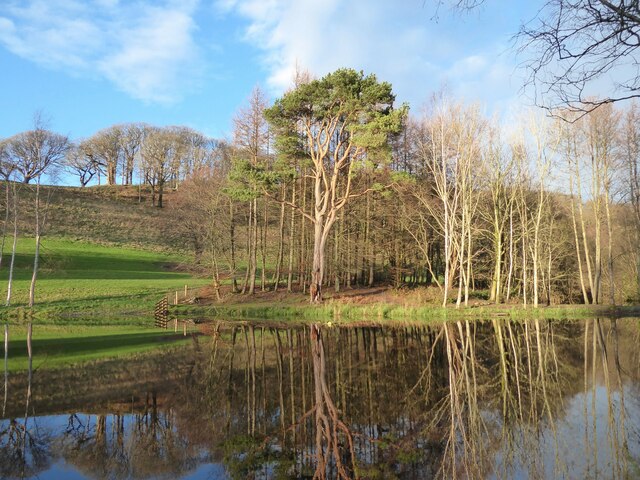
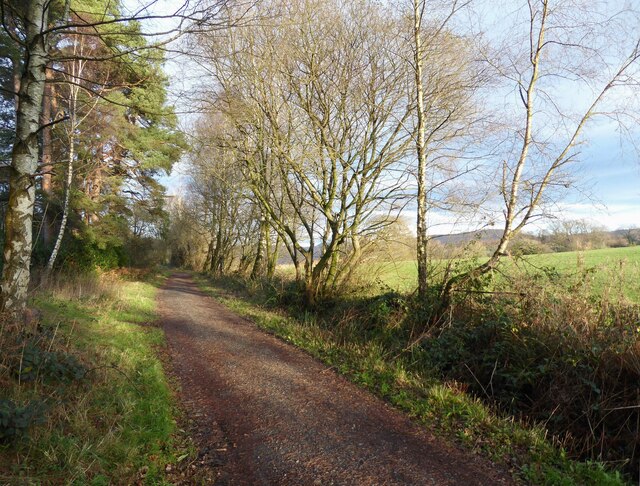
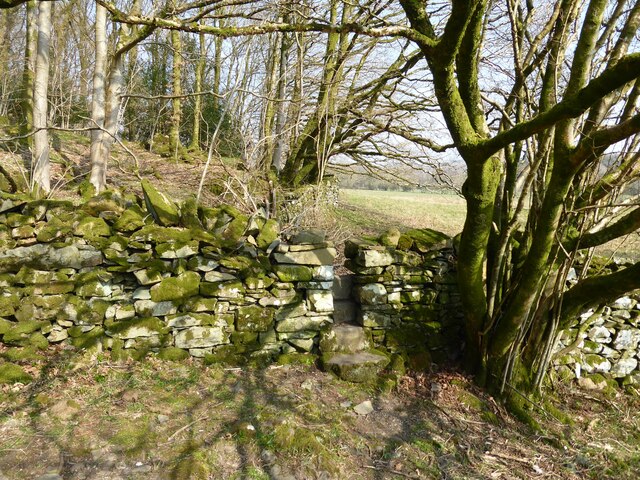
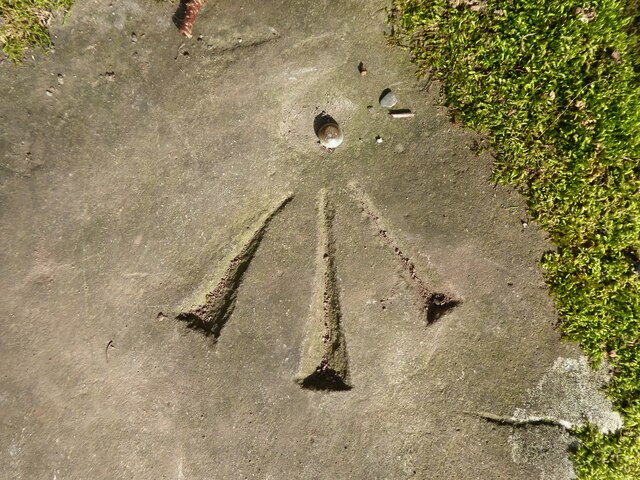
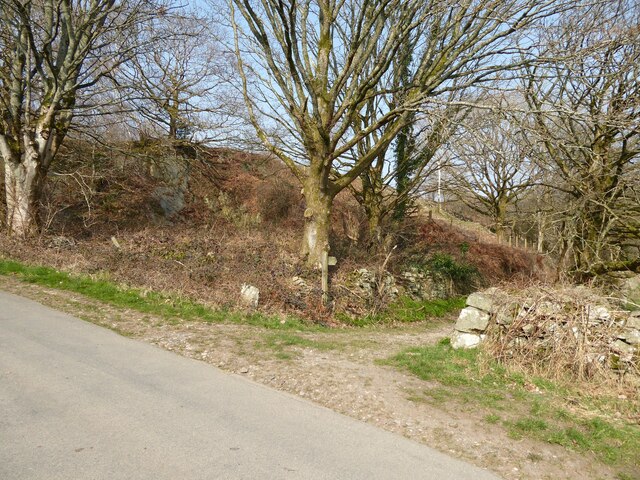
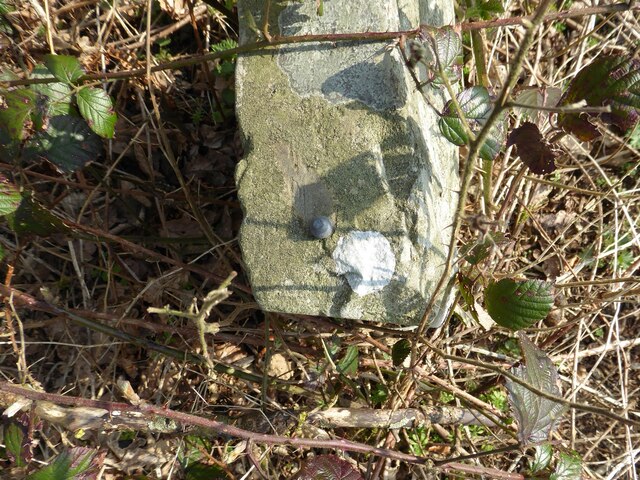
Thornthwaite Latter Rigg Moss is located at Grid Ref: SD2388 (Lat: 54.286159, Lng: -3.1781904)
Administrative County: Cumbria
District: South Lakeland
Police Authority: Cumbria
What 3 Words
///venues.squirted.cheeses. Near Millom, Cumbria
Nearby Locations
Related Wikis
St John the Evangelist's Church, Woodland
St John the Evangelist's Church is in the hamlet of Woodland, about 4 kilometres (2 mi) to the northeast of Broughton-in-Furness, Cumbria, England. It...
Woodland, Cumbria
Woodland is a dispersed hamlet within the civil parish of Kirkby Ireleth in the Furness region of Cumbria, England, and is located in the southern part...
Broughton West
Broughton West is a civil parish in the Westmorland and Furness district of Cumbria, England. In the 2001 census the parish had a population of 954, decreasing...
Rosthwaite, Broughton West
Rosthwaite is a settlement in the Broughton West civil parish of Westmorland and Furness, Cumbria England. It is part of the Lake District, 3 miles (4...
Related Videos
The glorious western Lake District from above on a perfect evening.
Shot on Insta360 Sphere strapped to a DJI Air2 s The zoom towards the end is towards Scafell Pike, Englands highest hill.
The Old School House Caravans | Broughton in Furness | Caravan and Motorhome Club Certified Location
A lovely CL on the edge of the English Lake District, where you'll only ever find max 4 units at a time. With plenty of walking ...
The Old School House CL - Directions
The last couple of miles getting to a site can sometimes be the most stressful bit of the journey. Here's a guide on how to find us ...
Market Update Video Broughton in Furness
House Prices in Broughton-In-Furness Properties in Broughton-In-Furness had an overall average price of £315000 over the last ...
Nearby Amenities
Located within 500m of 54.286159,-3.1781904Have you been to Thornthwaite Latter Rigg Moss?
Leave your review of Thornthwaite Latter Rigg Moss below (or comments, questions and feedback).
